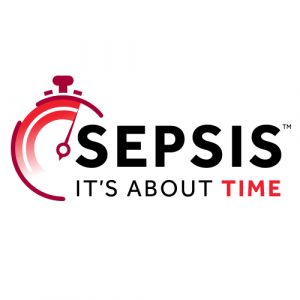
According to the Sepsis Alliance more than 80% of septic patients are older adults (50+).
The Sepsis Alliance announces the release of Sepsis and Aging Community Education Presentation, a do-it-yourself (DIY) presentation toolkit to help educate older people about sepsis, the increased risks they have of developing it and how to help prevent it.
“Sepsis in Older Americans: Saving Lives through Early Recognition,” a 5-minute video included in the toolkit, explains how to recognize the signs of sepsis and how to take action for this medical emergency. The free toolkit can be accessed here.
Sepsis and Aging Community Education Presentation provides members of the public, healthcare providers and educators with step-by-step tools to mount their own presentation. These tools include customizable marketing materials, a complete PowerPoint presentation, a guide with instructions on planning and conducting a presentation, pre- and post-event quizzes for participants, and more.
“Raising sepsis awareness among older adults and their family caregivers is very important because people age 65 years and older are more susceptible to sepsis than any other group, the signs can be harder to identify, and the risk of sepsis-related death or long-term disability is higher. As we age, our immune systems become less effective at fighting infections, so every infection we get means we have a risk of developing sepsis,” said Susan Peschin, MHS, President and CEO of the Alliance for Aging Research. “Early recognition of sepsis symptoms can save lives and reduce the risks of long-term effects.”
The Great Plains QIN team offers evidence-based tools, resources, training and subject matter experts to help raise awareness of sepsis as a medical emergency. We believe improvements can be made in early recognition and treatment of sepsis to reduce the progression from sepsis to severe sepsis and septic shock that may result in death. Visit our Web site to learn more.
